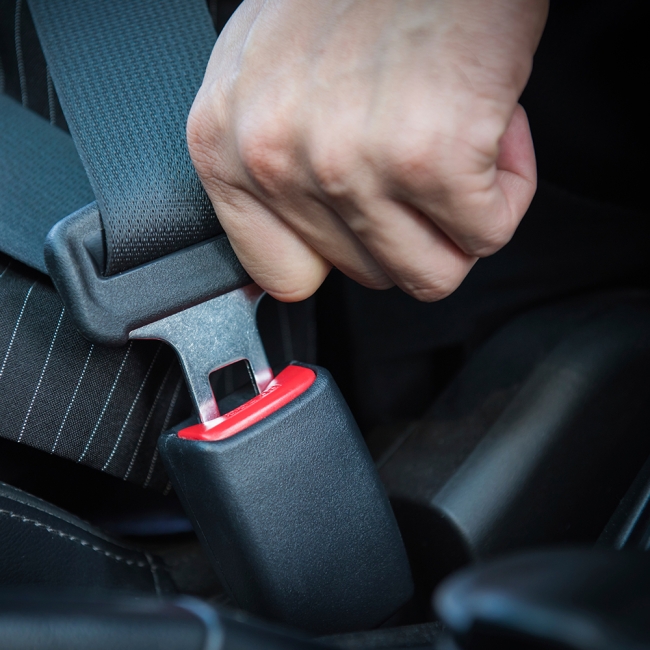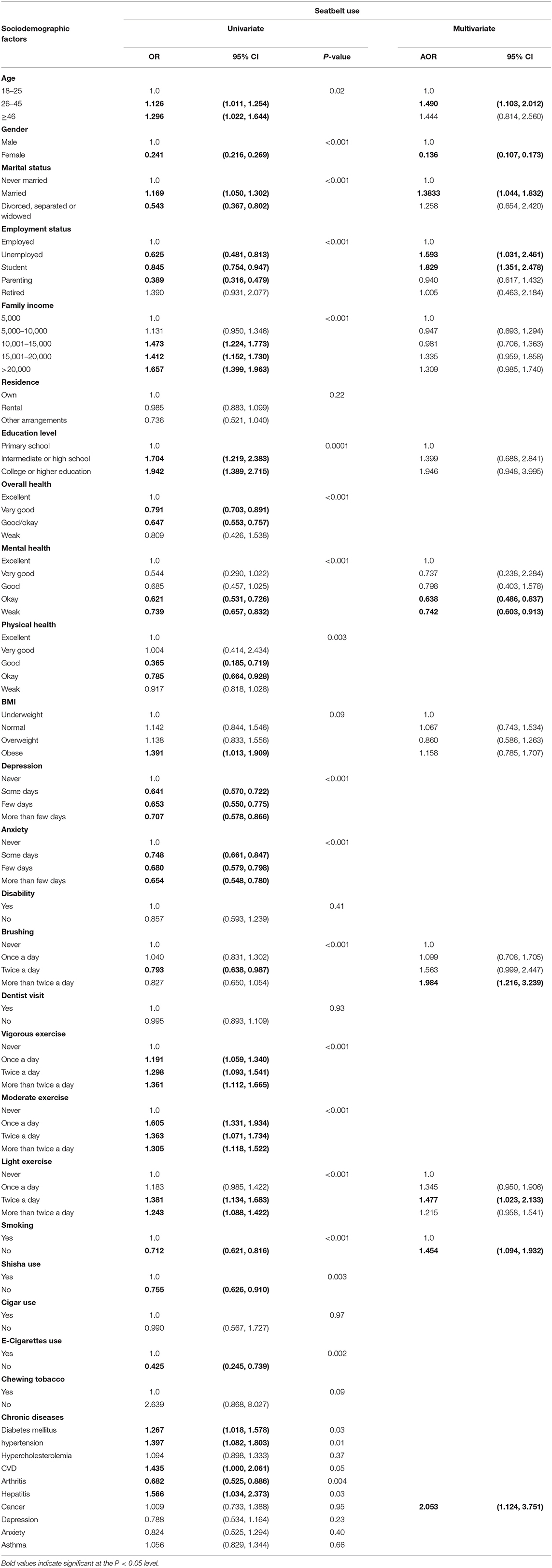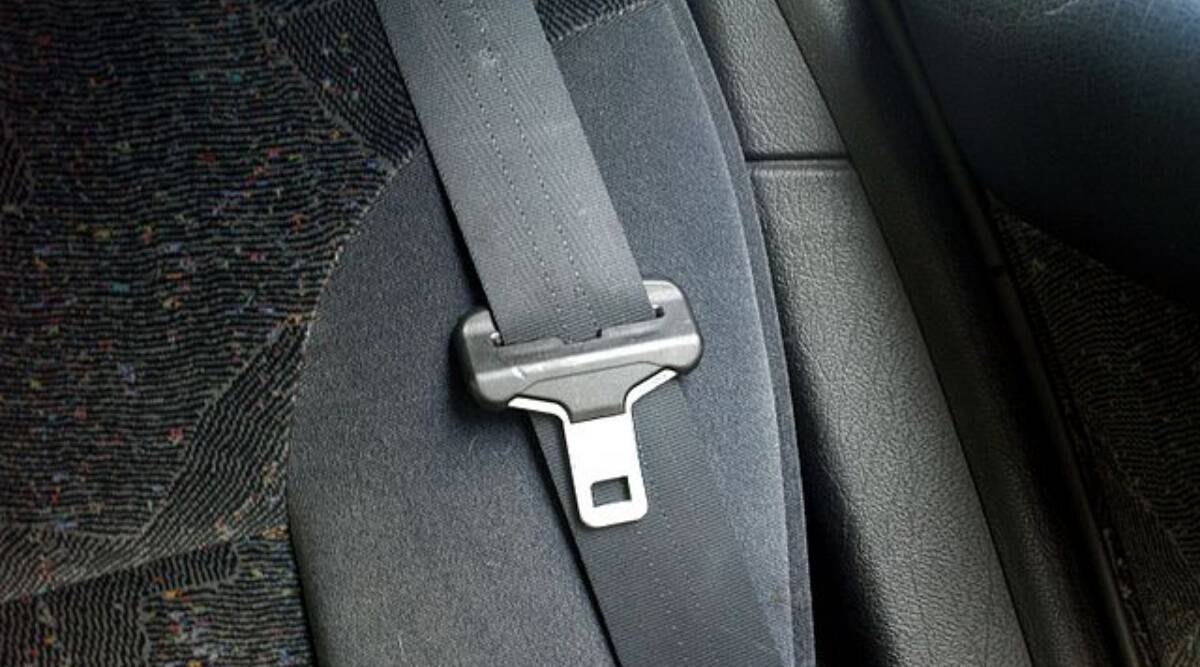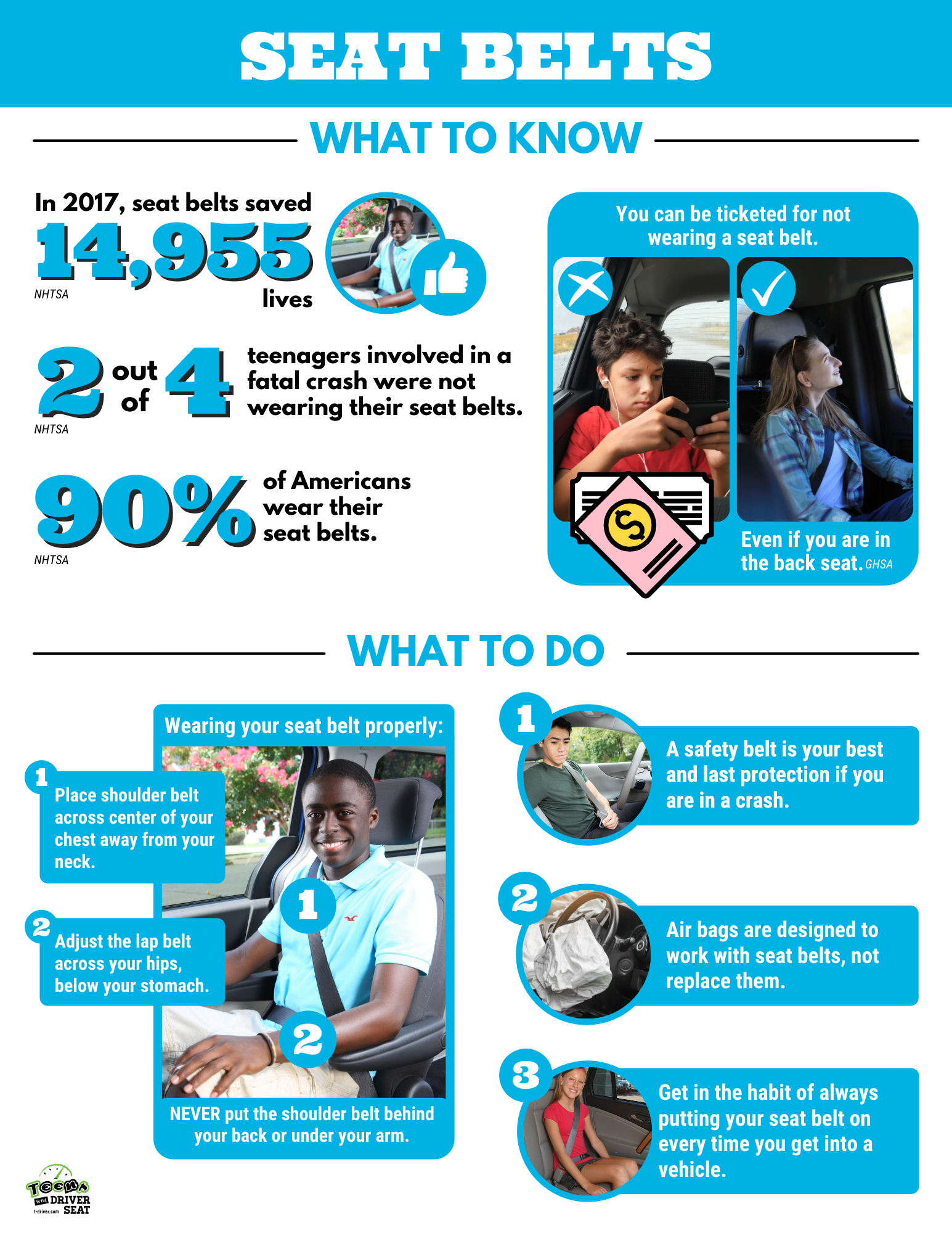
Seat Belt Global Health NOW
Wearing a seat belt in a car reduces the risk of a fatality among passengers by as much as 75 percent. First invented in the mid-19th century by English engineer George Cayley for use on his monoplane glider, the seat belt rapidly evolved from across-the-lap straps to the three-point model first made standard in Swedish vehicles in 1958. With fatal car crashes rapidly increasing in the United States, American engineers followed suit.

Seat Belts: Their Importance and Safety Regulations in 2024

Global Road Safety, Features, Injury Center

People are aware of rear seat-belts, but few follow: WHO survey

Wheelchair Seat Belt Adjustable Medical Wheelchair Safety Harness

Seat belts: the facts. #WHO #GlobalRoadSafety #infographic

Buckling up to save lives: UN celebrates five decades of seat belt

Global Automotive Seat Belts Market Size, Share, Growth Report 2030

Frontiers Predictors of Seatbelt Use Among Saudi Adults: Results

Time to buckle up! A look at history of seat belts and why wearing

Honda recalls 2023-24 Accords, HR-Vs over faulty seat belts

In Karnataka, Rs 1,000 fine for not wearing seat belts on rear

Global Automotive Seat Belts Market Size, Share, Growth Report 2030

Govt. to make wearing seatbelts mandatory for rear occupants









